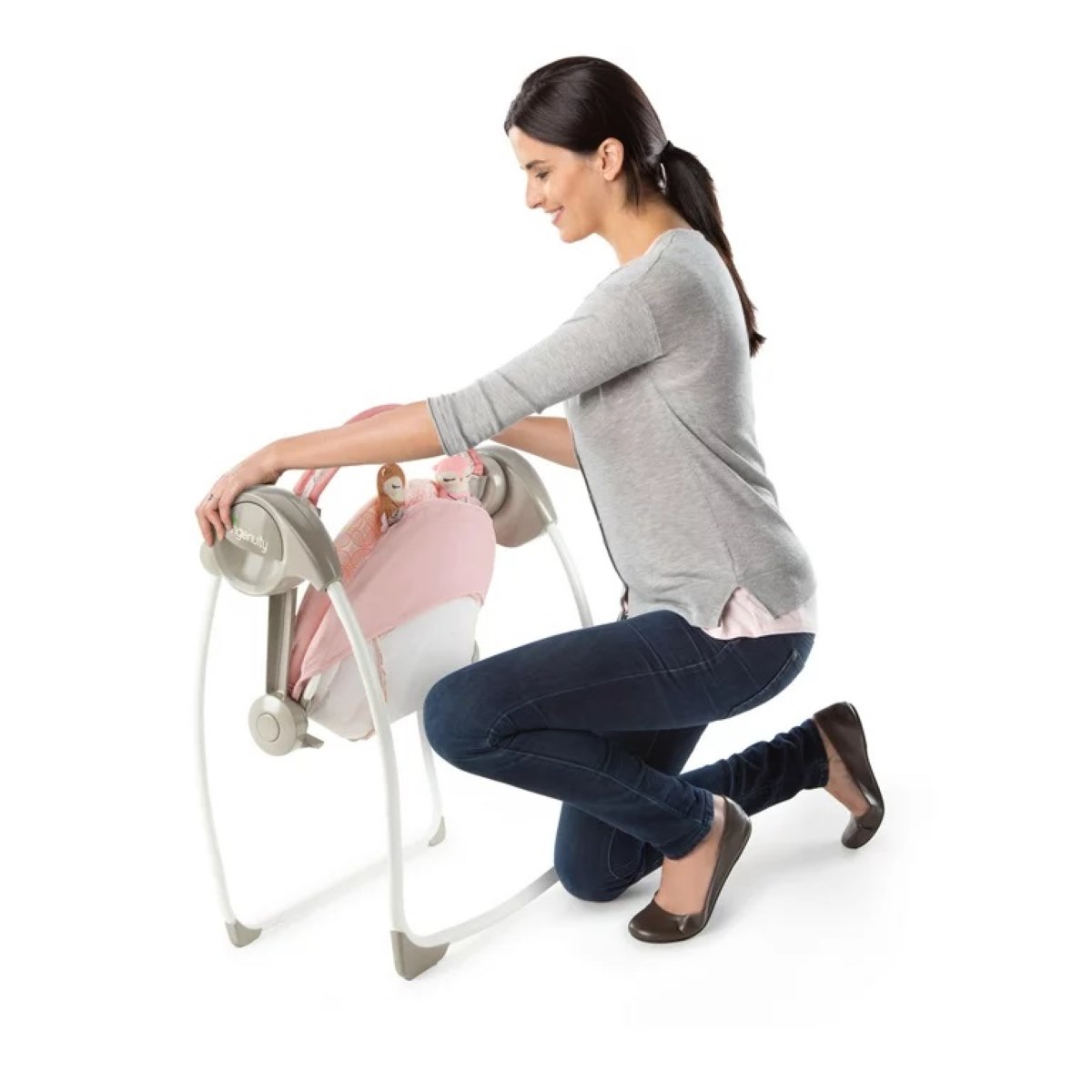

Articles
How To Store A Baby Swing
Modified: January 23, 2024
Discover the best articles on how to properly store a baby swing and keep it in top condition for your little one's safety and enjoyment.
(Many of the links in this article redirect to a specific reviewed product. Your purchase of these products through affiliate links helps to generate commission for Storables.com, at no extra cost. Learn more)
Introduction
Having a baby swing can be a lifesaver for parents, providing a soothing and entertaining space for their little one. However, there may come a time when you need to store the baby swing, whether it’s because your child has outgrown it or you simply want to clear some space. Properly storing a baby swing is essential to ensure its longevity and to keep it in good condition for future use.
In this article, we will guide you through the process of storing a baby swing step by step. From cleaning the swing to organizing small parts and finding a safe location, we will cover everything you need to know. By following these tips, you can be confident that your baby swing will be stored properly and ready for use in the future.
So let’s get started with the first step: cleaning the baby swing.
Key Takeaways:
- Properly storing a baby swing involves thorough cleaning, disassembly, organization of small parts, wrapping the frame, and finding a safe storage location. Regular maintenance ensures the swing remains in optimal condition for future use.
- Following the manufacturer’s guidelines for cleaning, disassembling, and storing a baby swing is crucial for its longevity and safety. Organizing small parts, wrapping the frame, and performing regular maintenance checks are essential steps in ensuring the swing remains in excellent condition.
Read more: How To Store Baby Swing
Step 1: Cleaning the Baby Swing
Before storing your baby swing, it’s important to give it a thorough cleaning. Over time, dirt, food crumbs, and other debris can accumulate on the swing, which may cause unpleasant odors or attract pests. A clean baby swing not only ensures hygienic storage but also helps maintain its condition for future use.
Start by removing any removable parts, such as the seat cover or toy attachments, according to the manufacturer’s instructions. Check the swing’s manual or look for specific cleaning guidelines on the manufacturer’s website. Most baby swings have machine-washable seat covers, which can be easily cleaned in your washing machine.
If the seat cover is not machine-washable, you can spot clean it using a mild detergent and a soft cloth. Gently wipe away any stains or spills, being careful not to saturate the fabric. Allow the seat cover to air dry completely before reassembling it.
Next, use a damp cloth or baby-safe disinfectant wipes to clean the frame and other non-removable parts of the baby swing. Pay attention to areas that come into direct contact with your baby, such as the tray or harness straps. Wipe away any dirt, dust, or sticky residue.
Take some time to inspect the swing for any signs of wear or damage. If you notice any broken or defective parts, it’s best to replace them before storing the swing. This ensures that it will be safe and ready for use when you take it out of storage.
Once the cleaning is complete, allow all parts of the swing to dry thoroughly. Ensure there is no moisture left as it can lead to mold or mildew growth during storage. It’s also a good idea to give the swing a final wipe down with a dry cloth to remove any remaining moisture.
With the baby swing now clean and dry, you can move on to the next step: disassembling the swing.
Step 2: Disassembling the Baby Swing
Now that you have cleaned your baby swing, it’s time to disassemble it for storage. Disassembling the swing not only helps save space but also makes it easier to transport and prevents any damage during the storage period.
Start by referring to the swing’s instruction manual or manufacturer’s guidelines for specific disassembly instructions. Different swing models may have slightly different disassembly processes, so it’s important to follow the correct steps to avoid any mishaps.
Begin by removing any toys or accessories attached to the swing. Detach them carefully and set them aside. Toys and accessories can be stored separately in a zippered bag or a small container to prevent them from getting lost or damaged.
Next, check for any screws or latches that hold the swing together. Carefully unscrew or unlatch them, keeping track of the pieces as you go. It may be helpful to take pictures at each step to remember how the swing was assembled.
If your swing has a removable seat, detach it from the frame following the manufacturer’s instructions. This will make storage much more manageable, as the frame and seat can be stored separately.
Once the swing is fully disassembled, take a moment to clean any remaining debris or dirt from the small parts. You can use a soft, damp cloth or a mild cleaning solution to wipe away any stains or residue.
Organize all the disassembled parts in a labeled container or a zippered bag. Make sure to include any screws, latches, or other small pieces that were removed during disassembly. This will make it easier to reassemble the swing when you’re ready to use it again.
With the baby swing now disassembled and the parts organized, you can move on to the next step: organizing small parts.
Step 3: Organizing Small Parts
Now that you have disassembled your baby swing, it’s important to organize and store the small parts properly. This will ensure that you can easily locate and reassemble the swing when the time comes.
Start by gathering all the small parts that were removed during the disassembly process. This may include screws, latches, pins, or other smaller components. Lay them out in a clean and well-lit area so that you can easily see and access each piece.
It’s important to keep these small parts together in a secure and labeled container. This will help prevent them from getting lost or mixed up with other items during storage. You can use small plastic bags or compartments within a larger storage container to keep the parts organized.
Label each container or bag with clear and descriptive information about the contents. You can use adhesive labels or write directly on the container with permanent markers. Including specific details about which part corresponds to which section of the swing can be helpful for reassembly.
Place all the small parts containers or bags in a larger storage container. This will prevent them from getting misplaced or scattered during storage. Make sure the storage container is sturdy and well-sealed to protect the parts from dust, moisture, or any potential damage.
It’s a good idea to keep the storage container for small parts in a separate section from the disassembled swing components. This way, you can easily access the parts without having to search through the rest of the stored items.
Remember to keep the manual or any assembly instructions in the storage container as well. This will serve as a useful reference when you’re ready to reassemble the swing.
With the small parts now organized and safely stored, it’s time to move on to the next step: wrapping the swing frame.
When storing a baby swing, disassemble it if possible to save space. Store all parts together in a dry, clean area to prevent damage and keep it away from direct sunlight or extreme temperatures.
Step 4: Wrapping the Frame
Now that you have disassembled the baby swing and organized its small parts, it’s important to protect the swing frame during storage. Wrapping the frame prevents dust, scratches, and other potential damage, ensuring that it remains in good condition while not in use.
Start by selecting a suitable wrapping material. Ideally, you want to use a material that provides sufficient protection and is resistant to dust and moisture. Some options include bubble wrap, plastic wrap, or even a soft blanket or large towel.
Before wrapping the frame, it’s a good idea to wipe it down with a dry cloth to ensure there’s no moisture or debris left on the surface. This will help prevent any potential damage or mold growth during storage.
Begin wrapping the frame by starting at the top and working your way down. Use the chosen wrapping material to tightly cover the frame, making sure to wrap all exposed parts securely. Pay extra attention to areas that are more prone to scratches, such as the tray or the base.
If the swing has any removable components, such as the tray or toy bar, consider wrapping them separately. This will provide additional protection and help prevent them from getting lost or damaged during storage.
Secure the wrapping material in place using tape or small bungee cords. Make sure it’s tight enough to hold the wrapping securely in place, but not so tight that it causes any damage to the swing frame.
If you’re using a soft blanket or towel to wrap the frame, you can secure it in place using fabric ties or large rubber bands. Again, ensure that the wrapping is tight enough to hold everything in place but not overly tight.
Once the frame is wrapped, take a moment to check that all parts are properly covered and protected. Make any necessary adjustments to ensure that nothing is exposed.
With the frame now safely wrapped, it’s time to move on to the next step: storing the baby swing in a safe location.
Read more: How To Store Baby Items For Next Baby
Step 5: Storing in a Safe Location
After properly cleaning, disassembling, organizing small parts, and wrapping the frame of your baby swing, it’s time to find a safe location for storage. Choosing the right storage location will ensure that your baby swing remains protected from potential damage and is easily accessible when you need it again.
When selecting a storage location, keep the following factors in mind:
- Temperature and Humidity: Opt for a storage space that is dry and away from extreme temperatures. Fluctuations in temperature and high humidity can lead to damage or mold growth on the swing.
- Accessibility: Choose a location that is easily accessible so that you can retrieve the swing without any hassle. Consider the convenience of the storage area and how often you’ll need to access the swing.
- Space: Ensure that the storage area has enough space to accommodate the wrapped swing and any additional items, such as the container with small parts or accessories.
- Protection from Dust and Pests: Look for an area that is enclosed or use protective covers to prevent dust accumulation or infestation by pests.
Some suitable storage options for a baby swing include a closet, basement, or a dedicated storage space. If you don’t have access to these areas, consider using a storage unit or garage, as long as they meet the necessary temperature and humidity requirements.
Once you have identified an appropriate storage location, make sure the area is clean and free from any potential hazards. Remove any sharp objects or clutter that may pose a risk to the swing or its components.
If possible, elevate the swing off the ground to avoid any potential damage from moisture or pests. You can use a sturdy shelf, platform, or even a pallet to keep it off the floor.
Place the wrapped swing and the container with small parts in the designated storage area. Ensure that they are positioned in a stable and secure manner to prevent any accidental damage.
Label the storage area or container clearly to identify the contents and make it easier to locate the swing when needed.
Remember to periodically check the storage area to ensure that it remains clean, dry, and free from any signs of pests or damage. Regular maintenance will help preserve the condition of the swing during its storage period.
With the baby swing now securely stored, you can move on to the final step: regular maintenance tips.
Step 6: Regular Maintenance Tips
Even when your baby swing is in storage, it’s important to perform regular maintenance to keep it in optimal condition. Following these maintenance tips will help ensure that the swing remains safe, functional, and ready for use when you need it again.
Here are some key maintenance tips to keep in mind:
- Inspect Regularly: Periodically check on the stored swing to ensure that there are no signs of damage, mold, or pests. If you notice any issues, take the necessary steps to address them immediately.
- Clean when Needed: If you stored the swing in an area prone to dust or exposure, it may require occasional cleaning. Use a damp cloth or gentle cleaning solution to wipe down the frame and other components as necessary.
- Check for Loose or Damaged Parts: Before reassembling the swing, inspect all small parts and the frame for any signs of wear, damage, or loose screws. Replace or repair any damaged parts before using the swing again.
- Follow Manufacturer’s Recommendations: Always refer to the manufacturer’s instructions for any specific maintenance guidelines or recommended cleaning methods. This will ensure that you are properly caring for and maintaining your specific baby swing model.
- Keep the Manual Handy: Store the swing’s instruction manual in a safe place where it’s easily accessible. This will help you when reassembling the swing and can provide important information about maintenance and safety precautions.
By following these regular maintenance tips, you can ensure that your baby swing remains in excellent condition during its storage period and beyond.
Now that you’ve learned all the steps for storing a baby swing and how to perform regular maintenance, you are ready to store your swing with confidence. When the time comes to use it again, you’ll have a clean, well-maintained, and safe baby swing to enjoy with your little one.
Remember, proper storage and maintenance not only prolong the lifespan of your baby swing but also ensure the safety and well-being of your child.
Happy storing!
Conclusion
Properly storing a baby swing is essential to extend its lifespan and maintain its functionality and safety. By following the steps outlined in this guide, you can ensure that your baby swing remains in excellent condition during storage and is ready for use again when needed.
Starting with the cleaning process, make sure to thoroughly clean the swing and remove any debris or stains. Disassembling the swing allows for easier storage and transportation, while organizing small parts ensures that they are kept together and easily accessible when you’re ready to reassemble the swing.
Wrapping the swing frame adds a layer of protection and prevents dust and scratches. Finally, finding a safe storage location, free from extreme temperatures and humidity, and performing regular maintenance checks will ensure the swing remains in optimal shape during its storage period.
Remember to refer to the manufacturer’s instructions for specific cleaning and maintenance guidelines, as well as any safety precautions unique to your baby swing model.
By following these steps and maintaining your baby swing properly, you can ensure that it will be safe, functional, and ready for use when your little one needs it again. So take the time to store your baby swing correctly and enjoy peace of mind knowing that your investment will be protected.
With these tips in mind, it’s time to store your baby swing with confidence, knowing that it will be in great condition for future use. Happy storing!
Frequently Asked Questions about How To Store A Baby Swing
Was this page helpful?
At Storables.com, we guarantee accurate and reliable information. Our content, validated by Expert Board Contributors, is crafted following stringent Editorial Policies. We're committed to providing you with well-researched, expert-backed insights for all your informational needs.
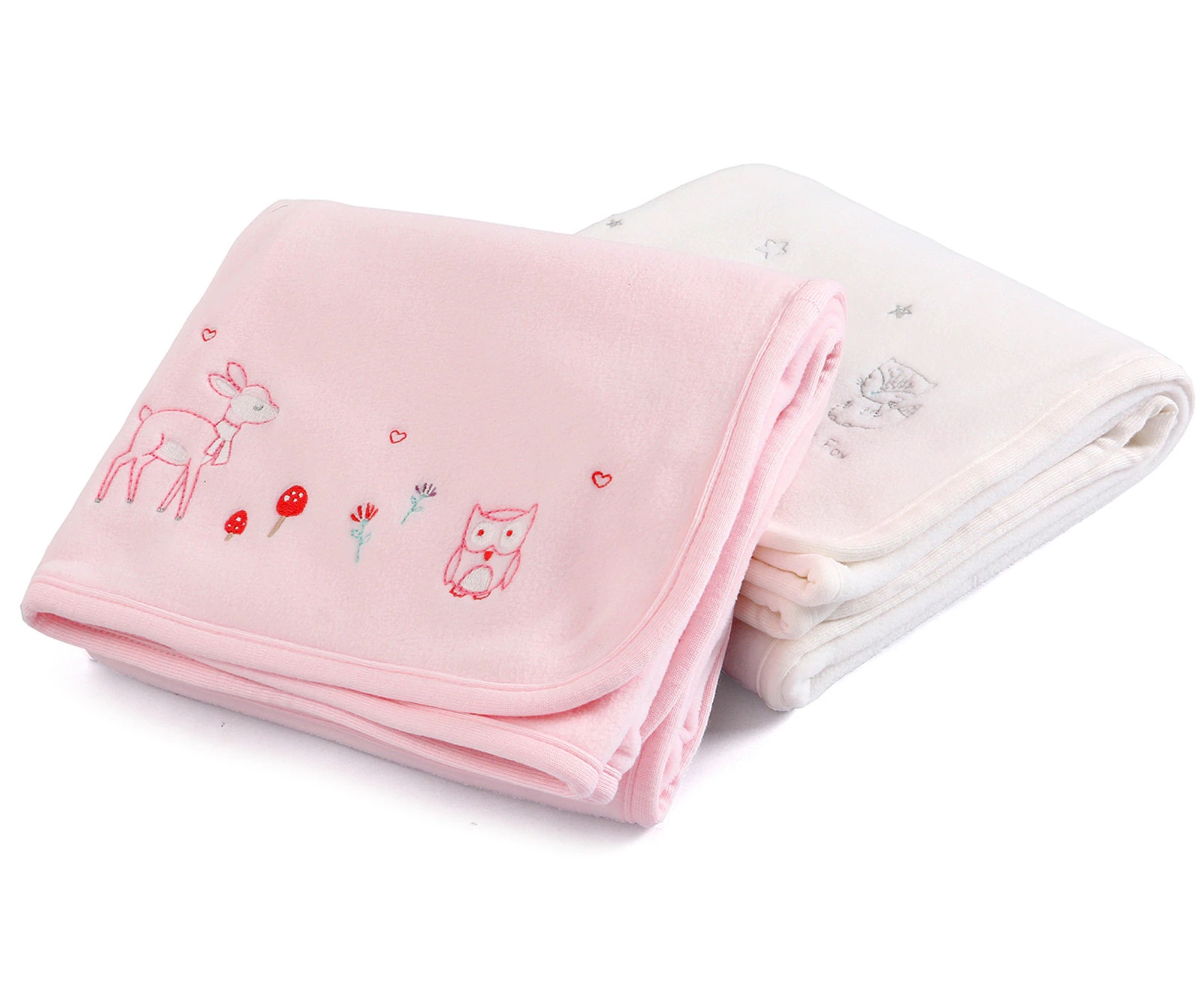


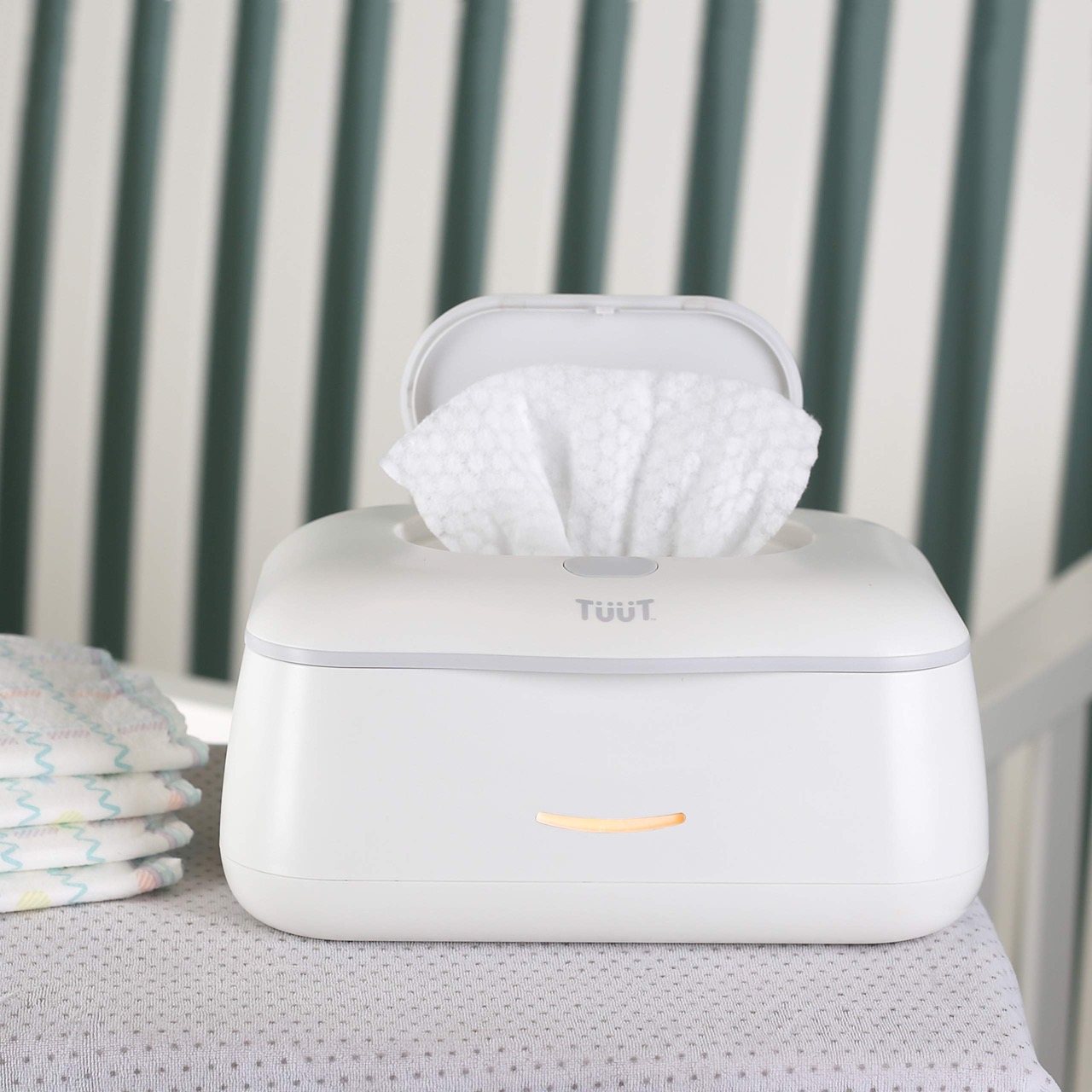
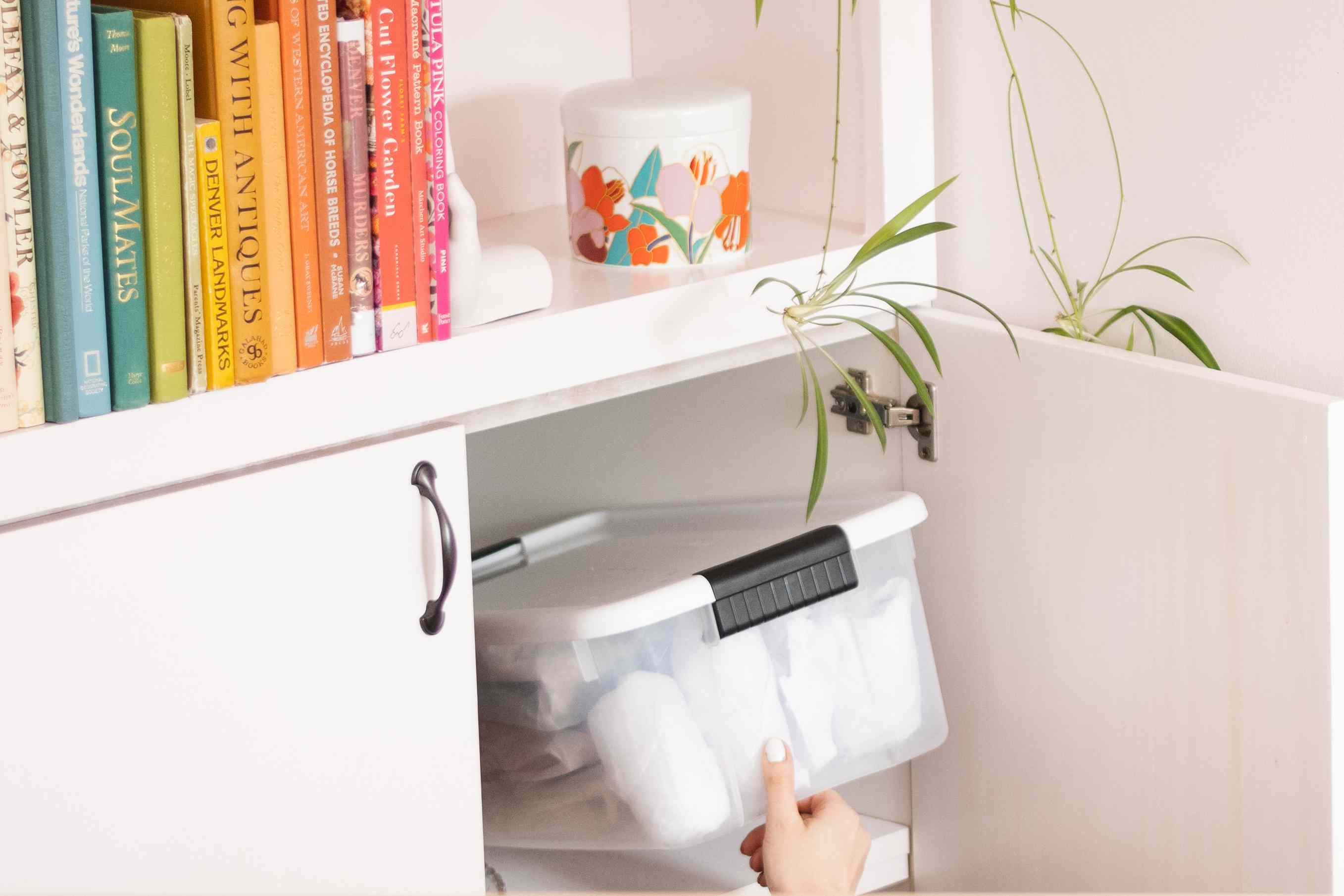



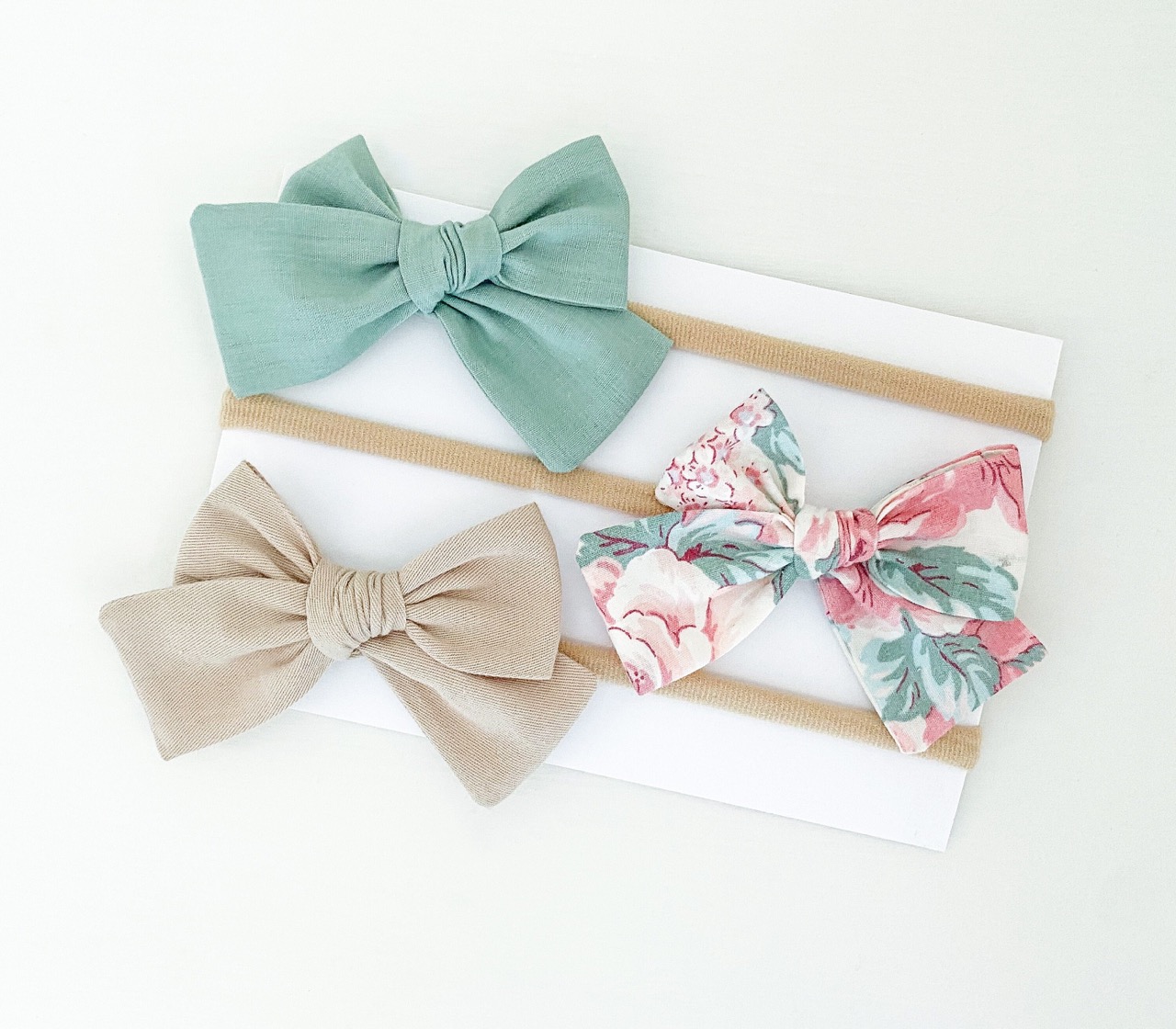
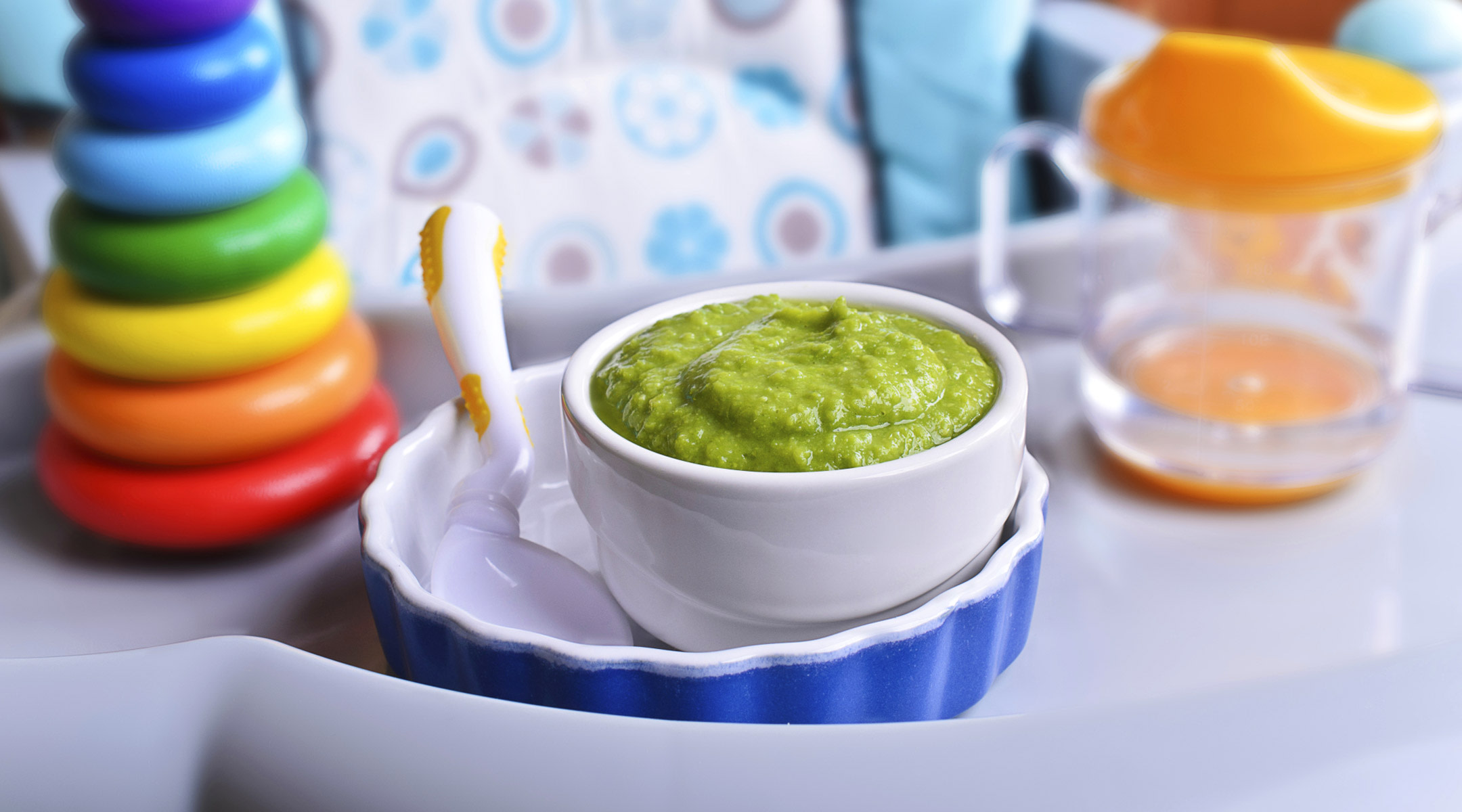
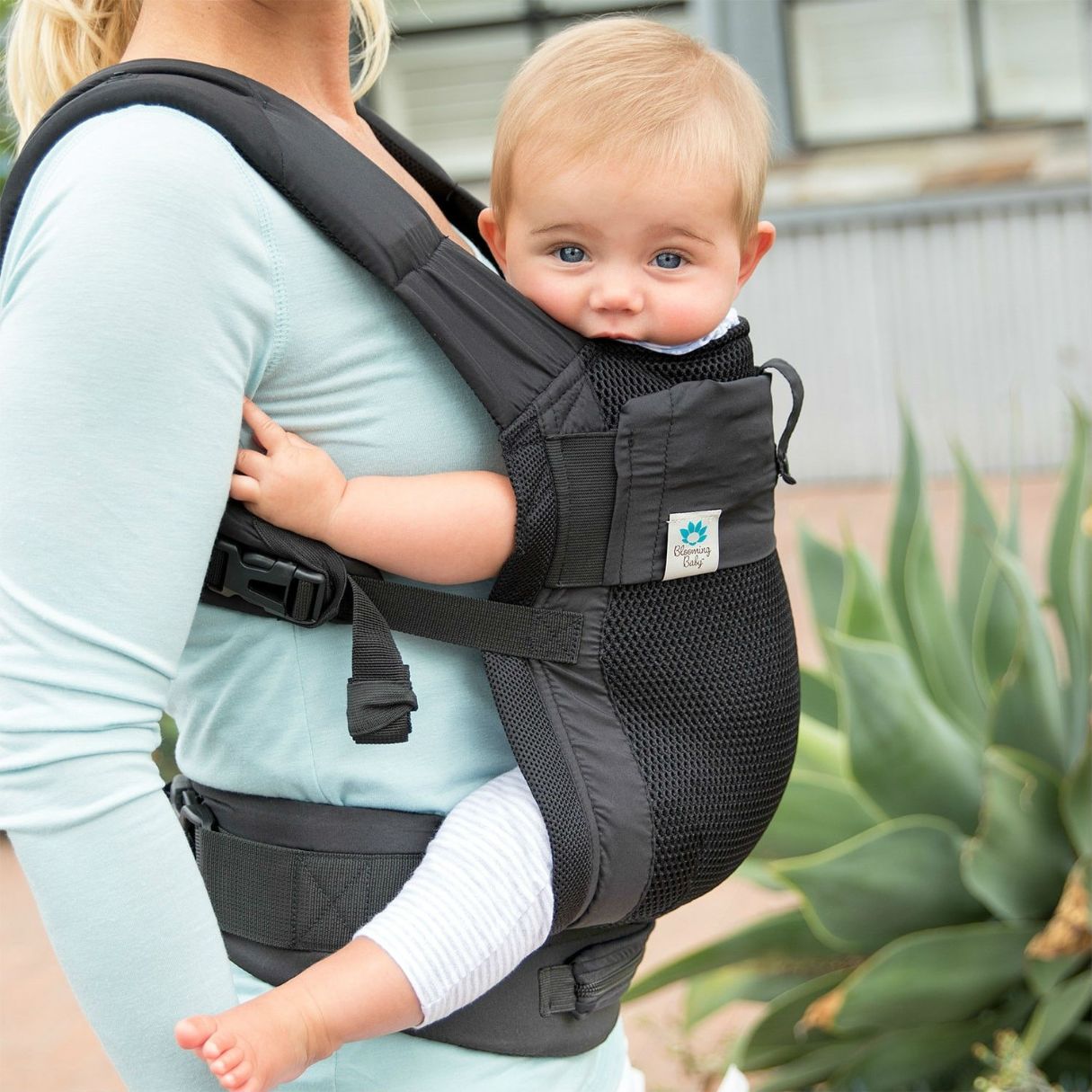


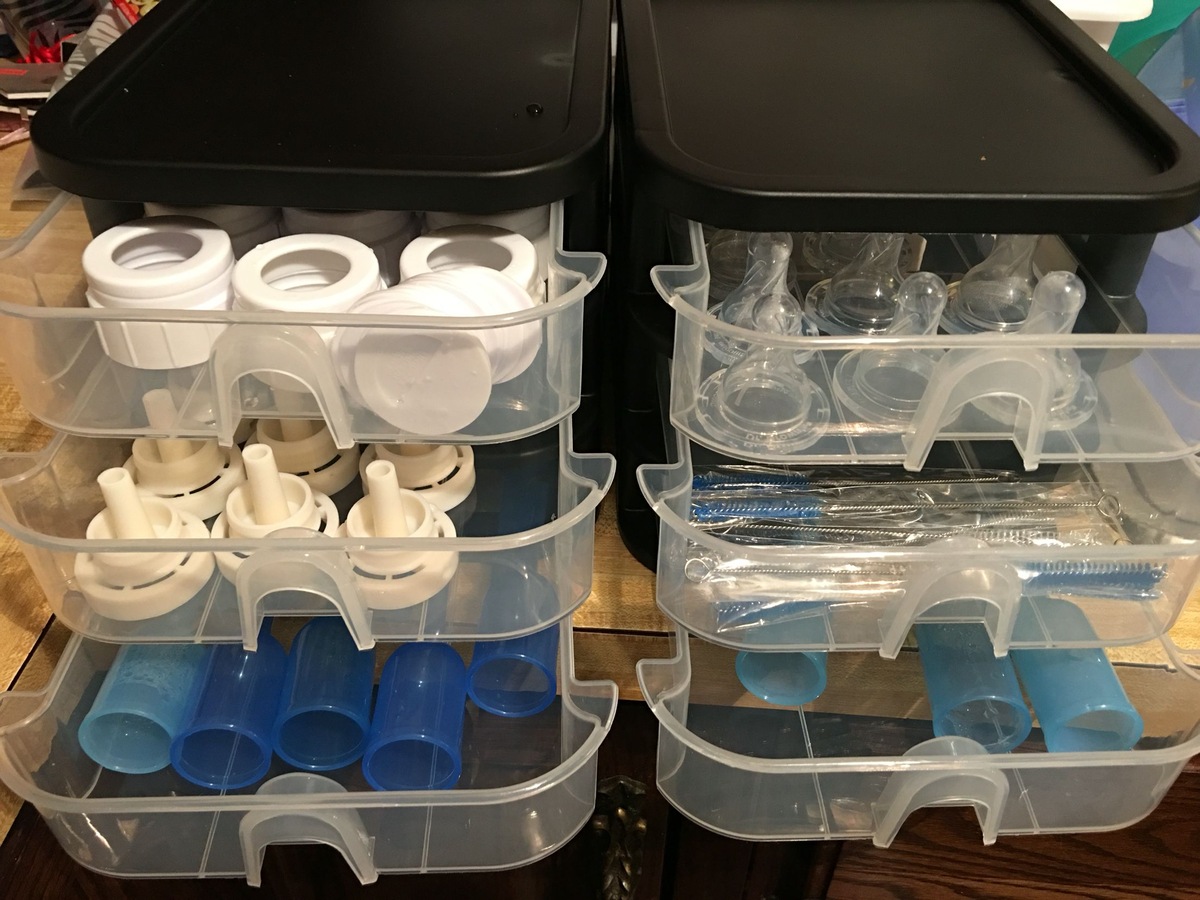

0 thoughts on “How To Store A Baby Swing”